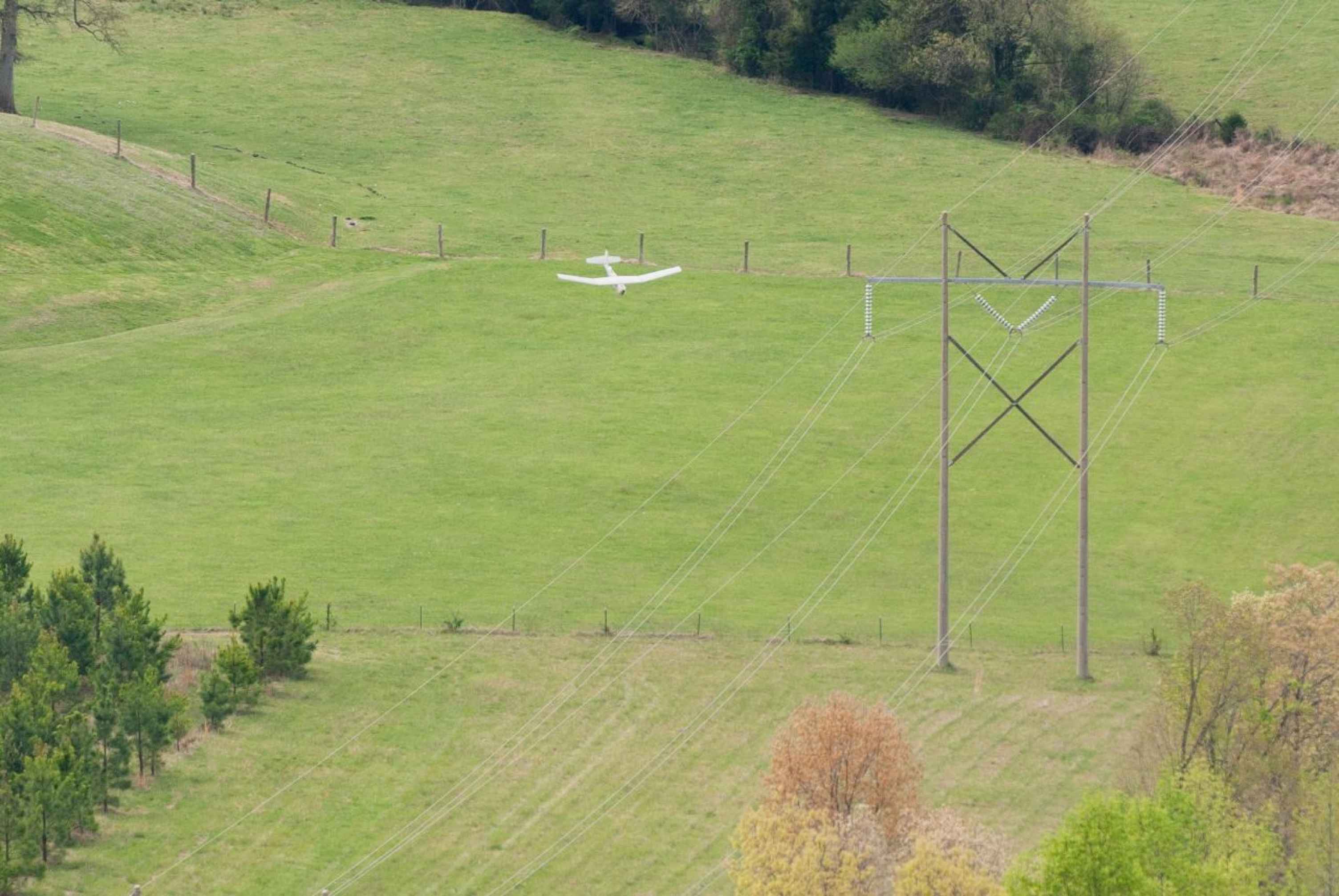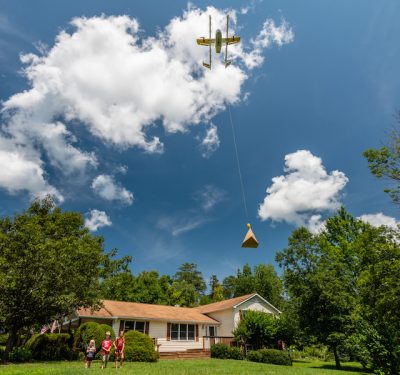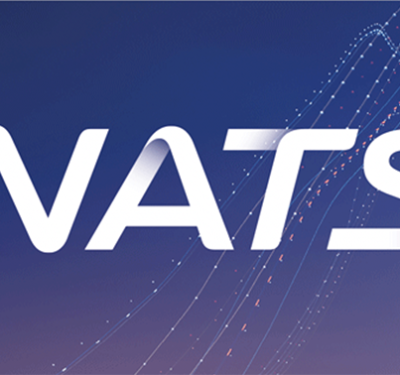
AeroVironment’s Puma AE unmanned aircraft system (UAS) recently flew along a power line, going beyond visual line of sight (BVLOS) of the pilot.
The test flights, conducted by the Virginia Tech Mid-Atlantic Aviation Partnership, Ligado Networks, AeroVironment and Dominion Virginia Power, evaluated communications strategies and other parameters in an effort to build a case for drone flights BVLOS, according to a news release.
“Unmanned aircraft flying beyond the visual line of sight can give us the ability to inspect our infrastructure without actually having to access each structure,” said Steve Eisenrauch, Dominion Virginia Power’s manager of electric transmission forestry and line services, according to the release. “Today we do it with helicopters; using unmanned aircraft would be much more cost-effective, and going beyond line of sight allows us to inspect big sections of line at a time.”
During the operation, the long-endurance aircraft flew more than 14 miles along the power line, beyond the visual line of sight of the pilot. The PUMA remained in sight of a helicopter-borne observer at all times. HAZON Solutions, a Virginia Beach-based UAS services provider, provided chase aircraft services for down-range operations and safety management support on the ground.
The UAS was controlled using a satellite communications package from Ligado Networks.
“The opportunity for unmanned aircraft systems, such as our proven Puma AE, to survey utility infrastructure, digitize crops, protect property, and enhance safety is vast and untapped,” said Kirk Flittie, AeroVironment vice president and general manager of its Unmanned Aircraft Systems business segment, according to the release. “Demonstrating beyond visual line-of-sight operations in a safe and controlled manner using Ligado Networks’ leading satellite communication capabilities will help public and private stakeholders visualize a future in which unmanned aircraft systems can help increase productivity, reduce costs, enhance responsiveness, and create good, new jobs in Virginia and across the nation.”
The flights were designed to build on research conducted last summer. Using a fixed-wing aircraft equipped with satellite communications technology in this year’s tests brings the operation closer to real conditions, according to the release, strengthening the safety case for infrastructure inspections and other UAS applications.
“Beyond-visual-line-of-sight operations are key to enabling realistic commercial applications for unmanned aircraft,” said Mark Blanks, director of the Virginia Tech Mid-Atlantic Aviation Partnership, which operates the university’s Federal Aviation Administration-designated UAS test site, according to the release. “But we have to make the case that they can be done safely, and collaborative operations like this are what can really move the needle. This is what we do at the test site: help bring together the best partners in the industry to enable an operation that could truly revolutionize the future of unmanned aircraft.”






